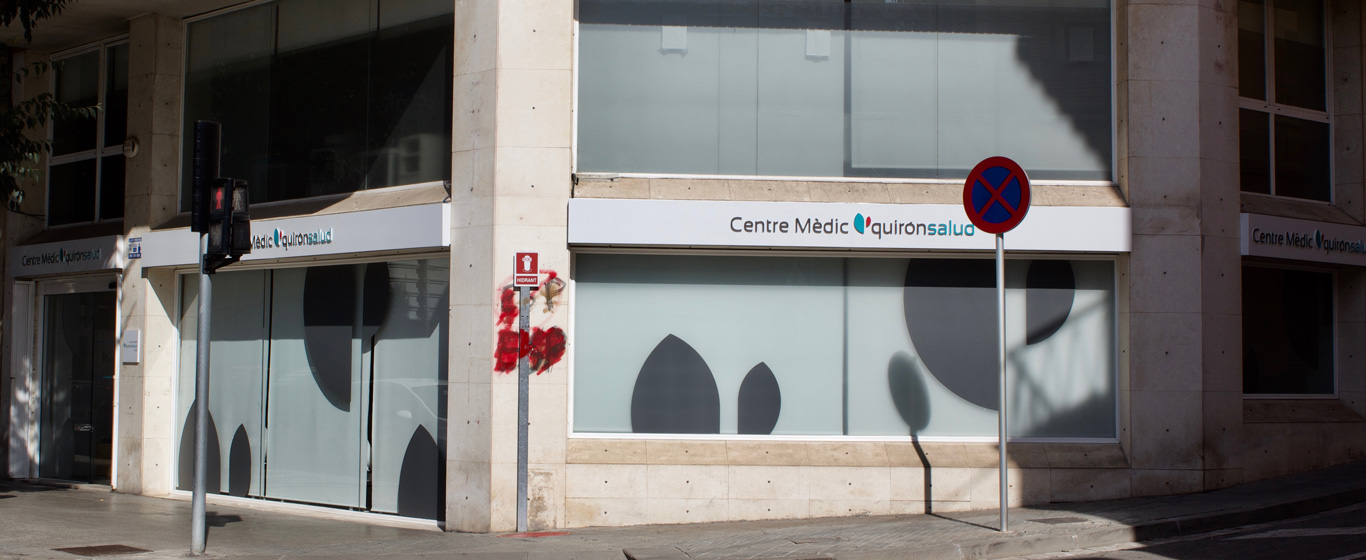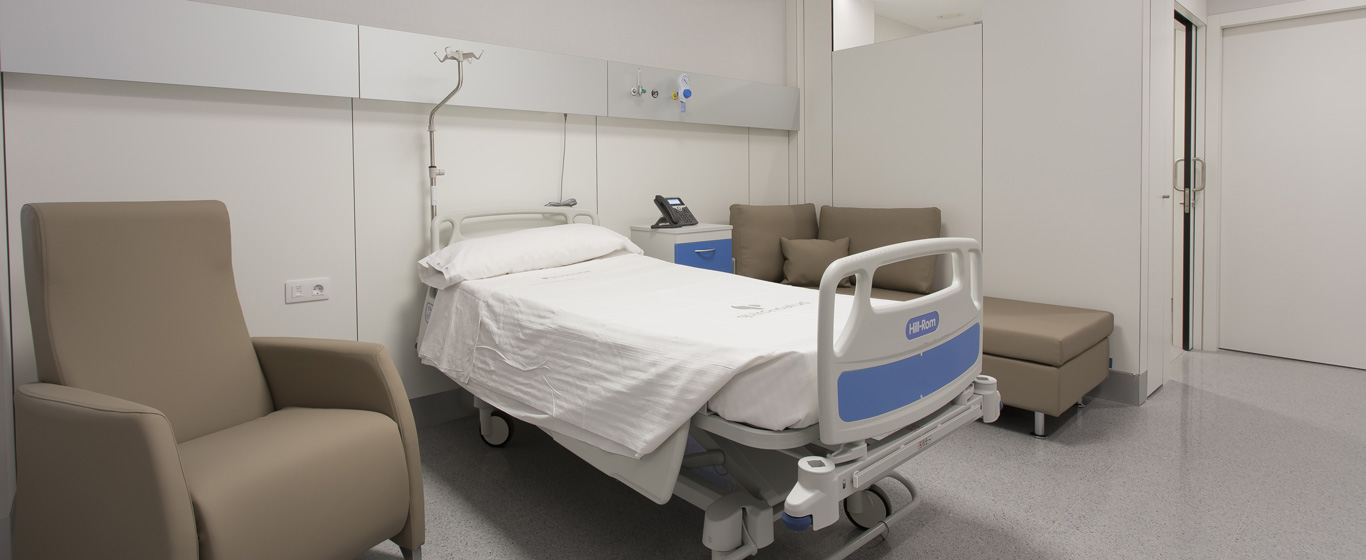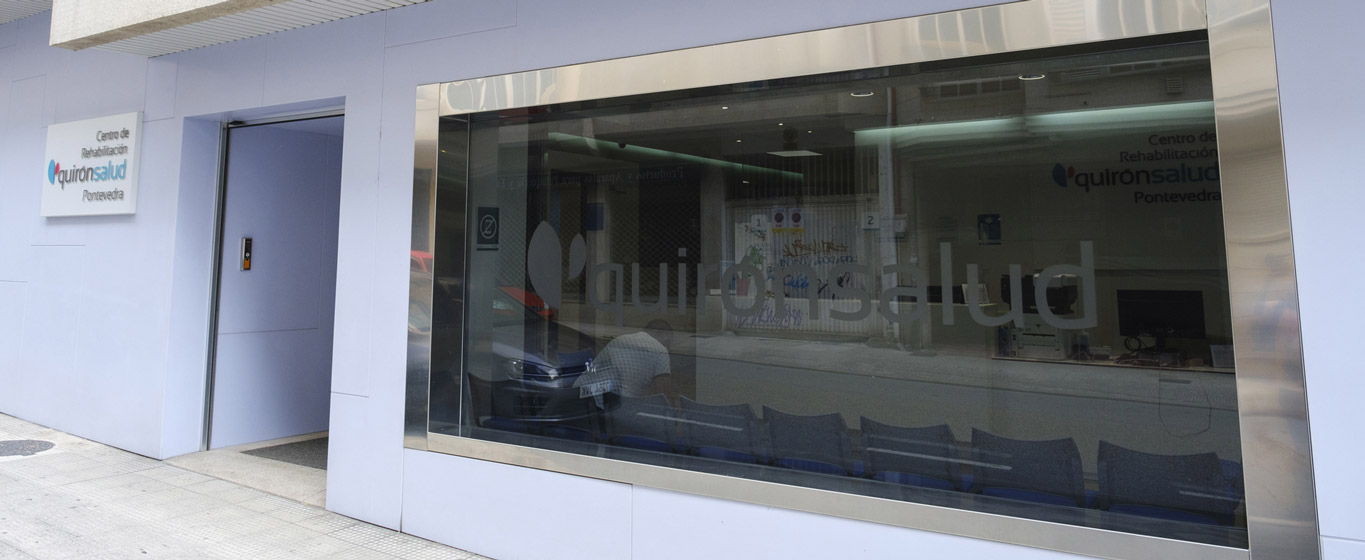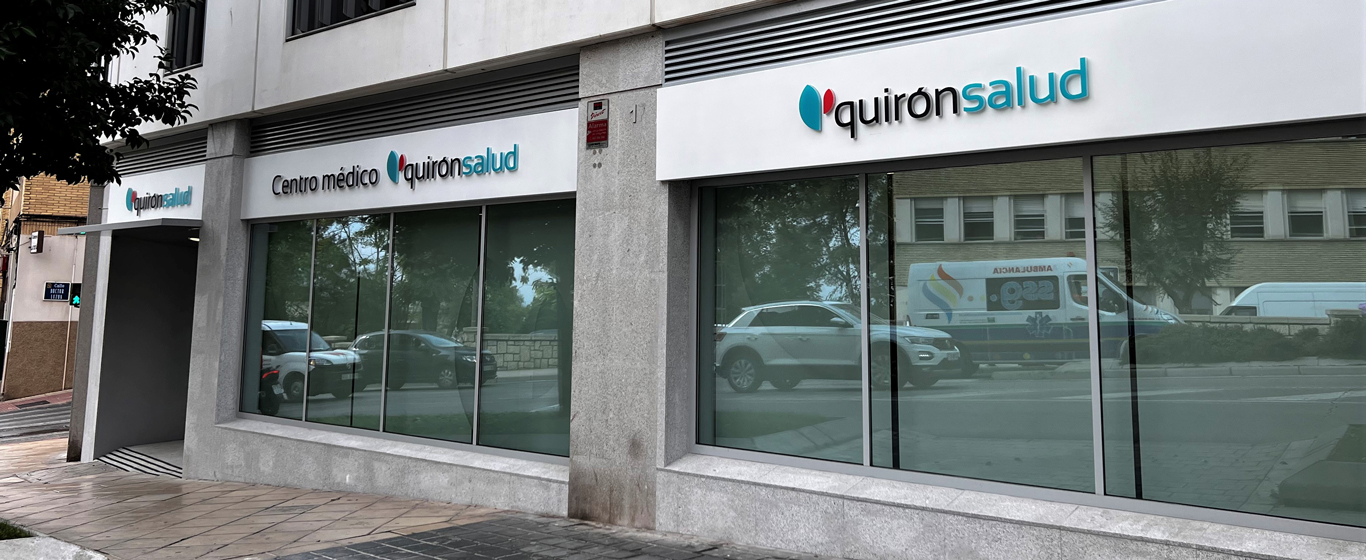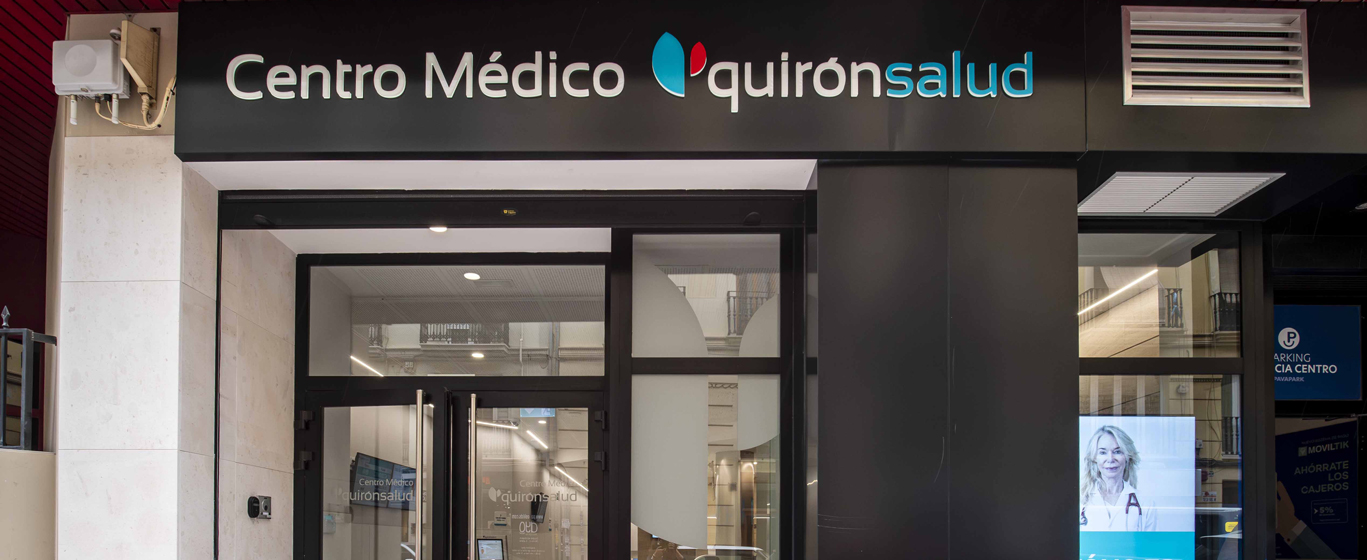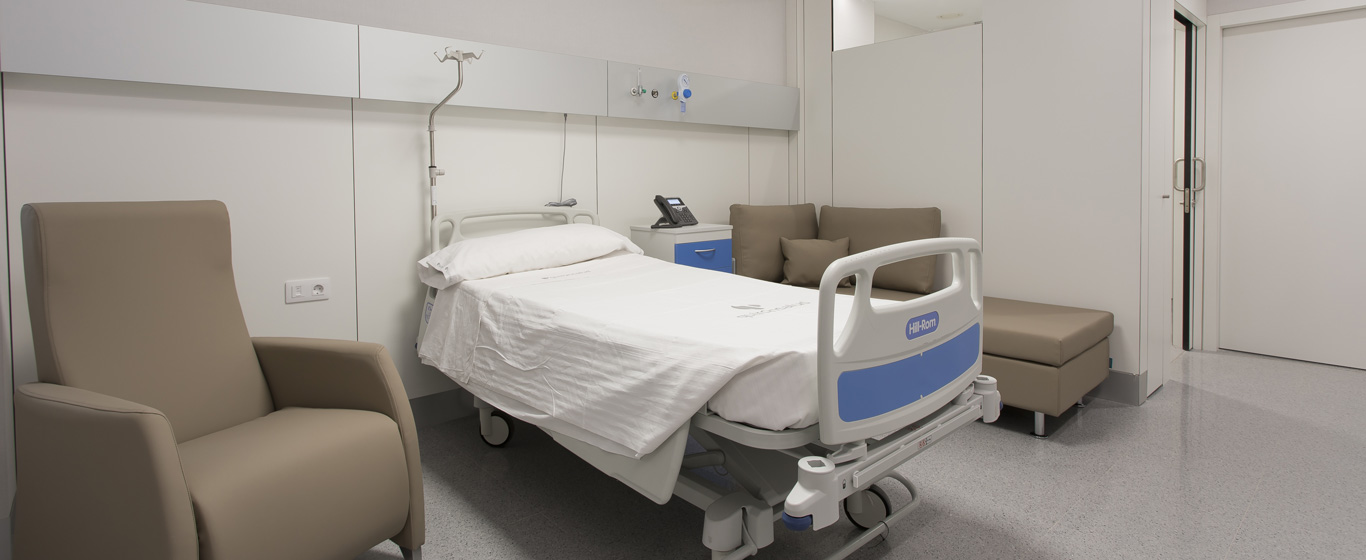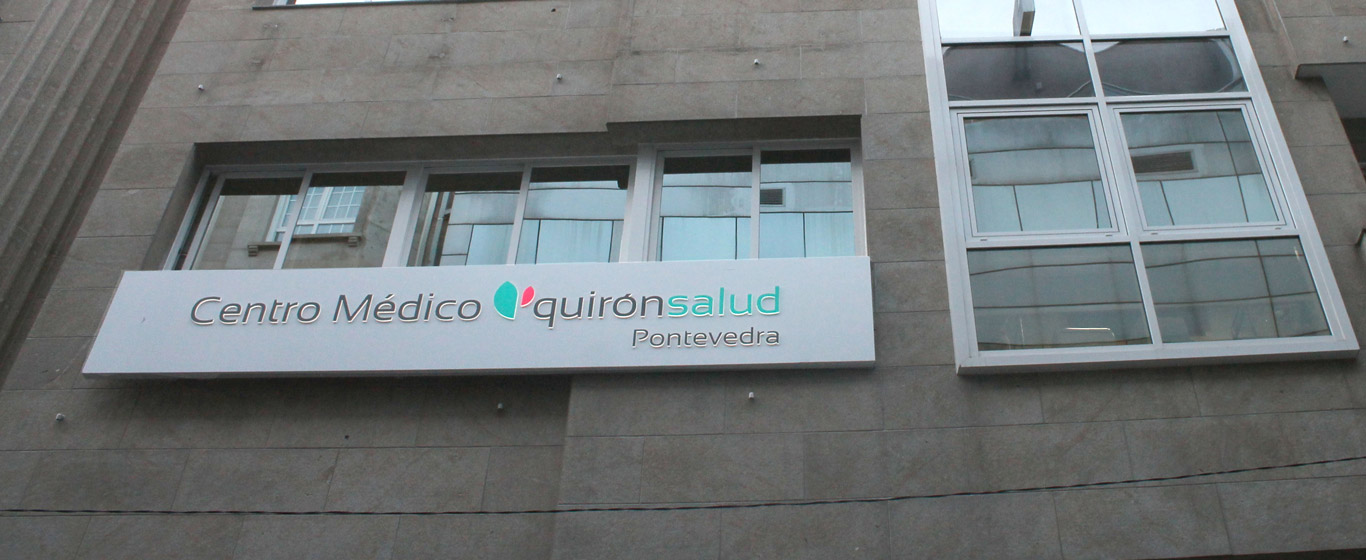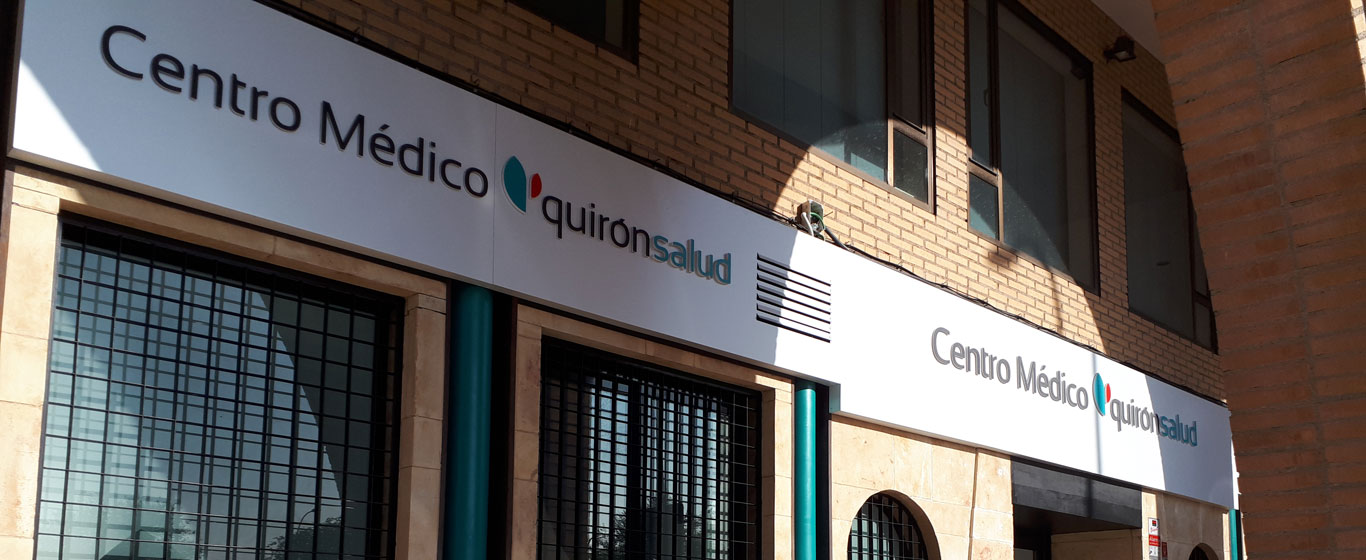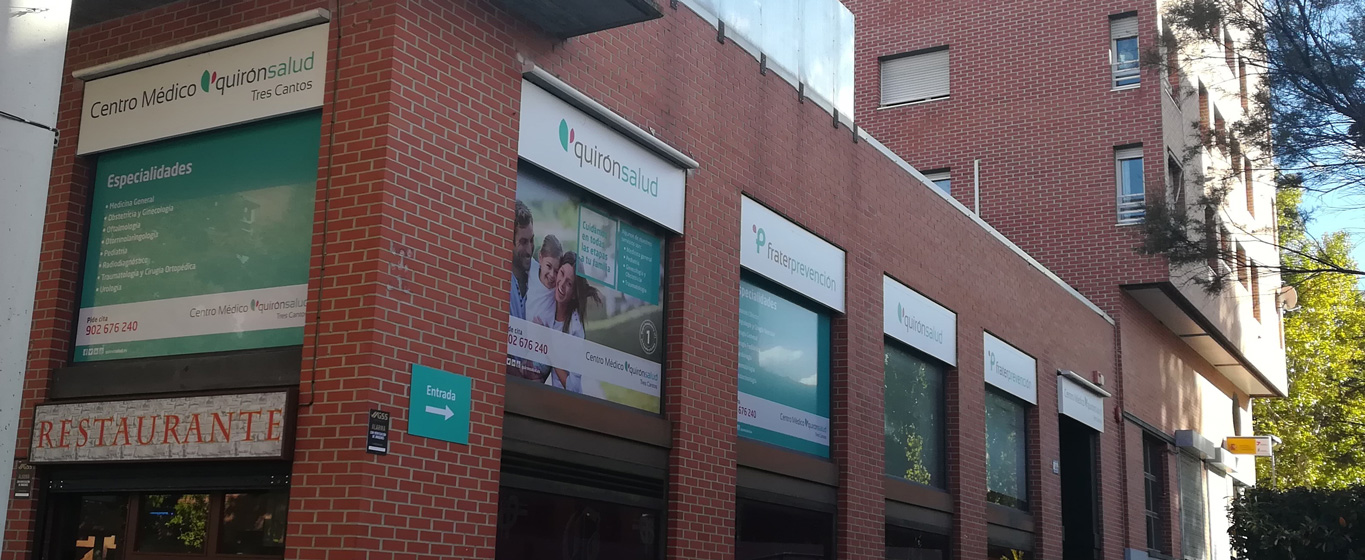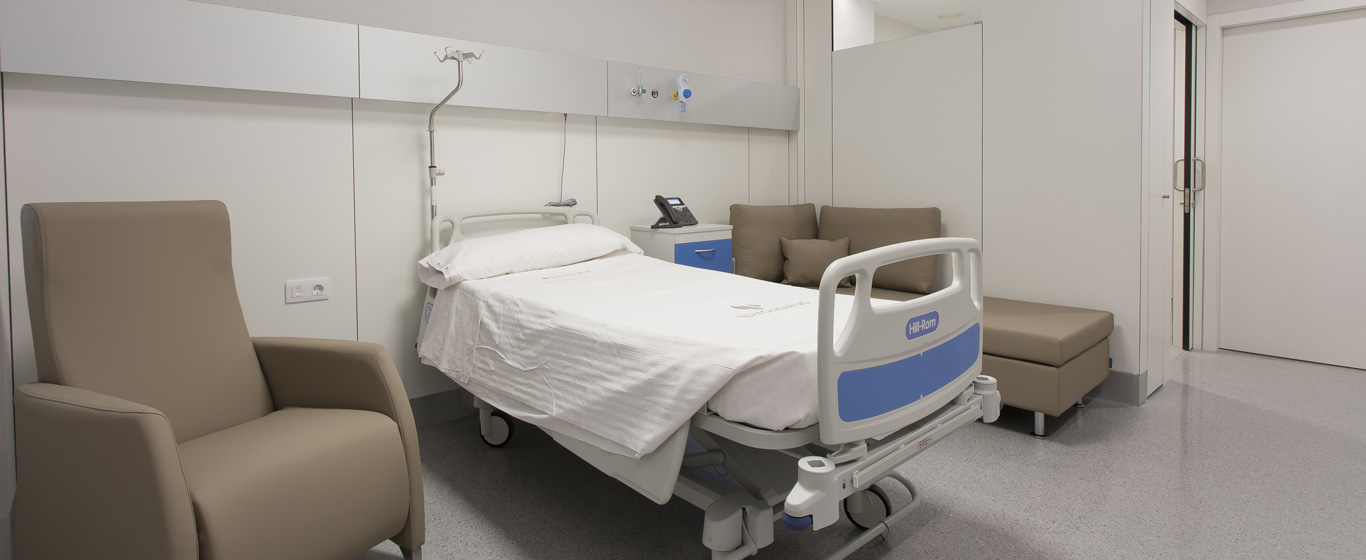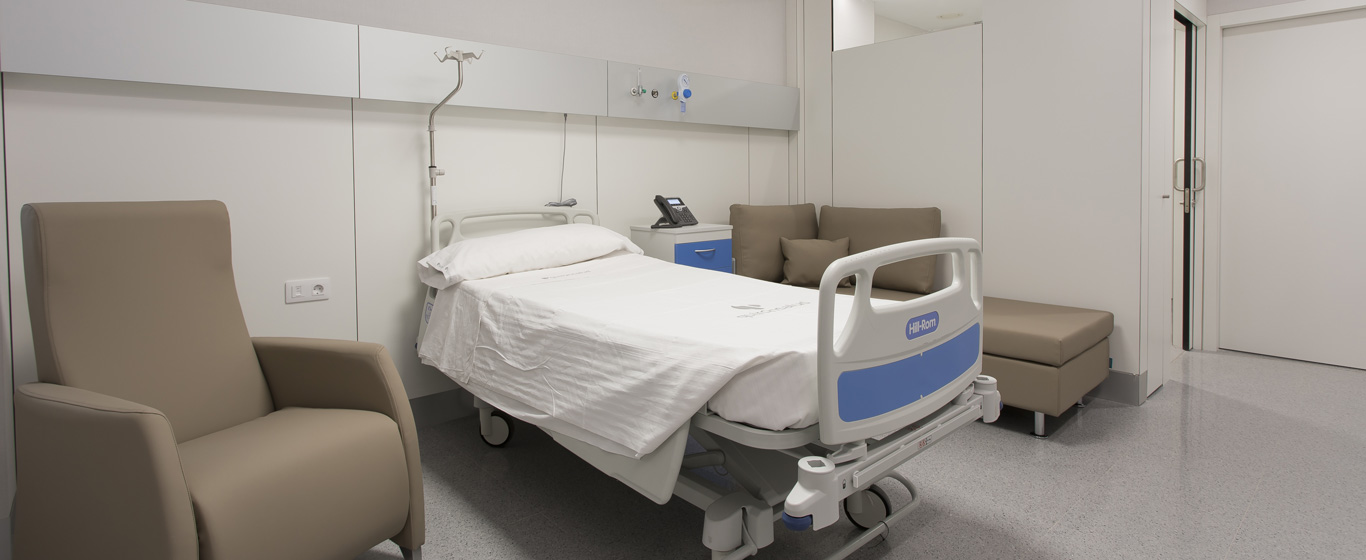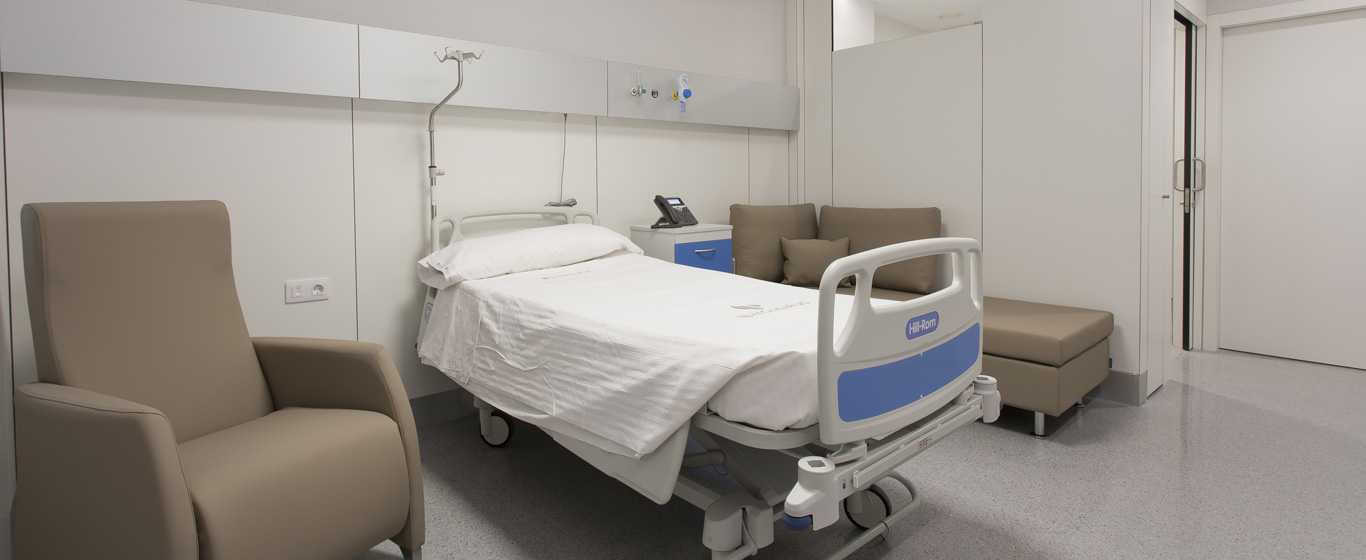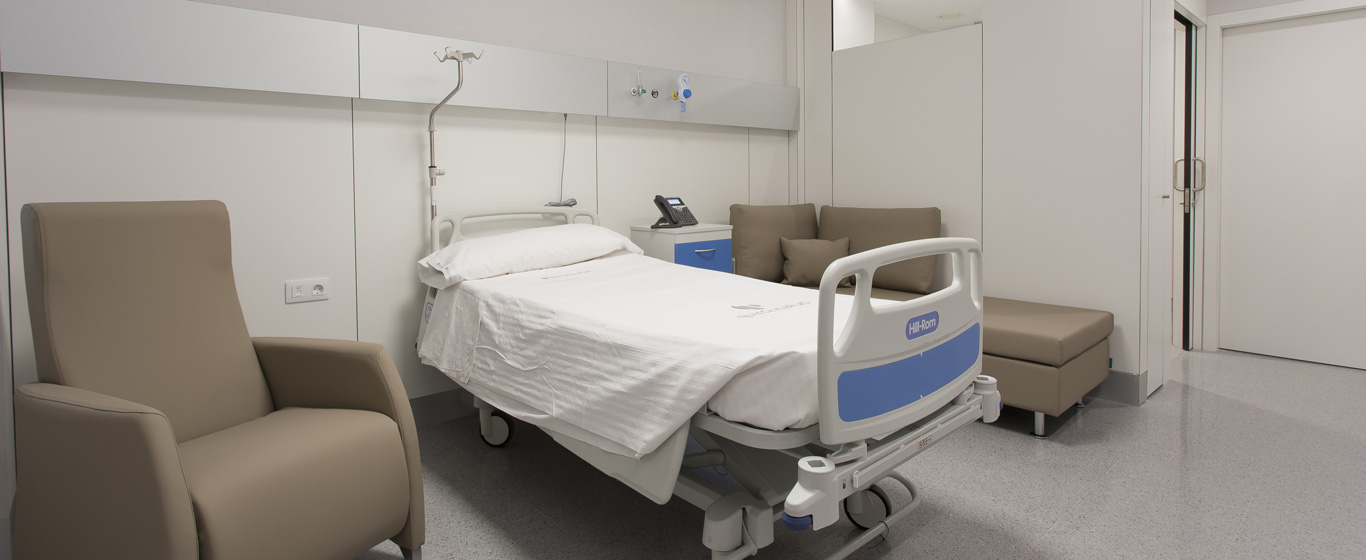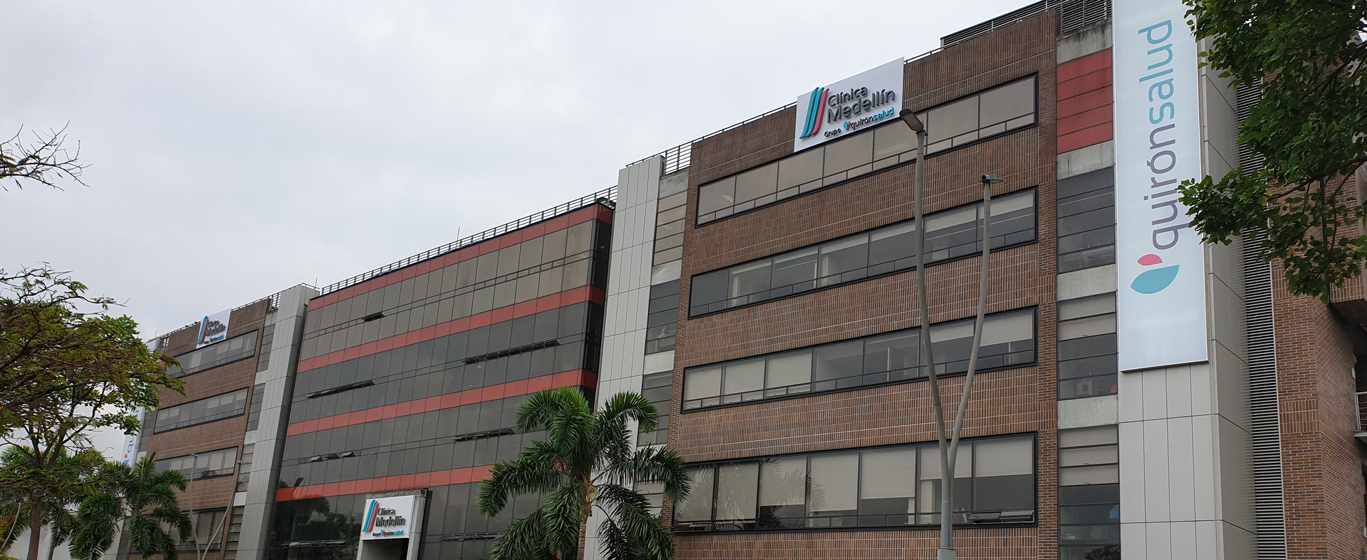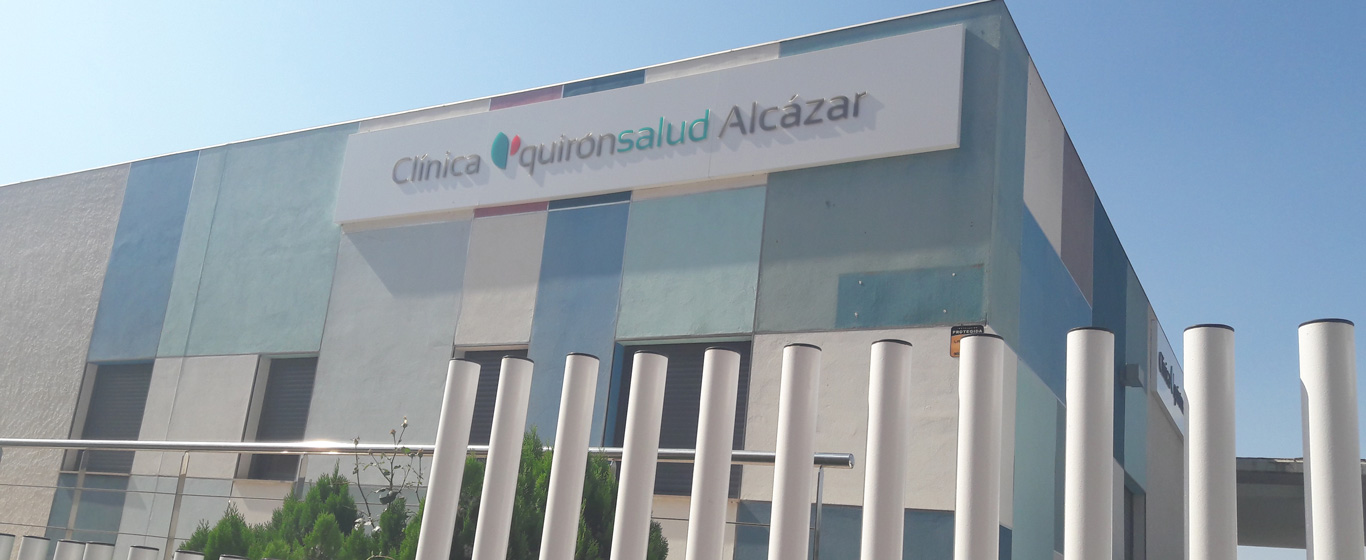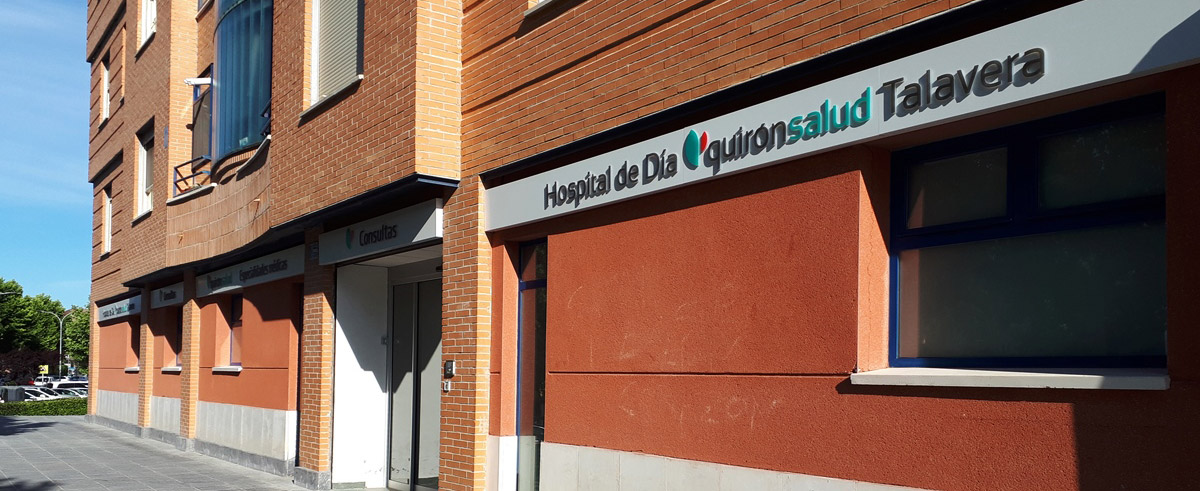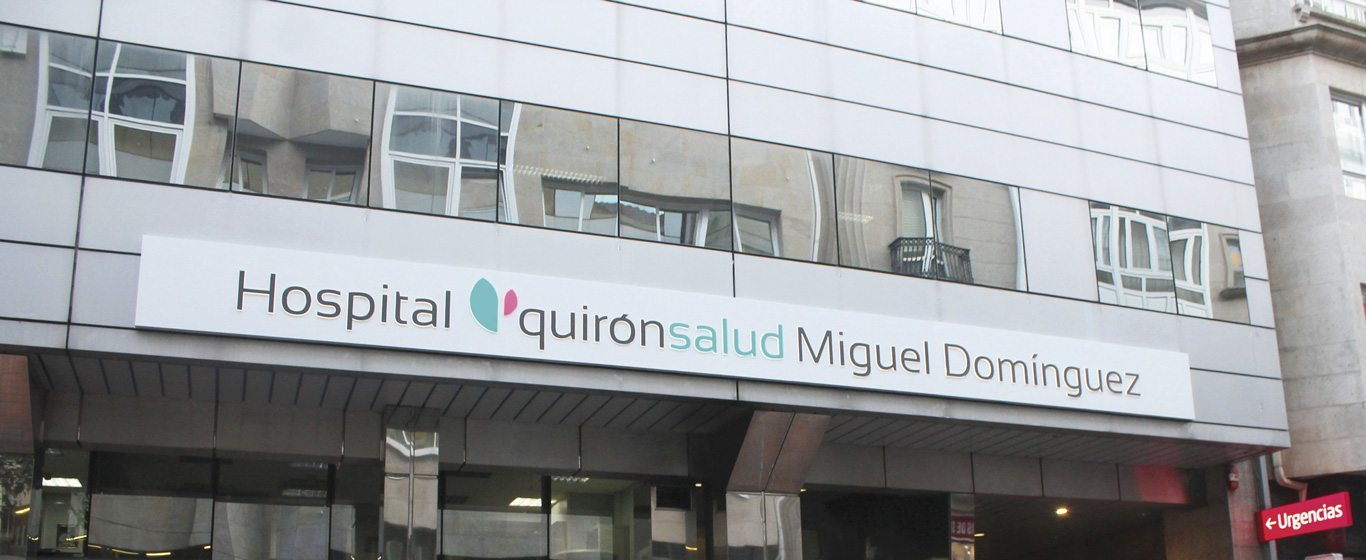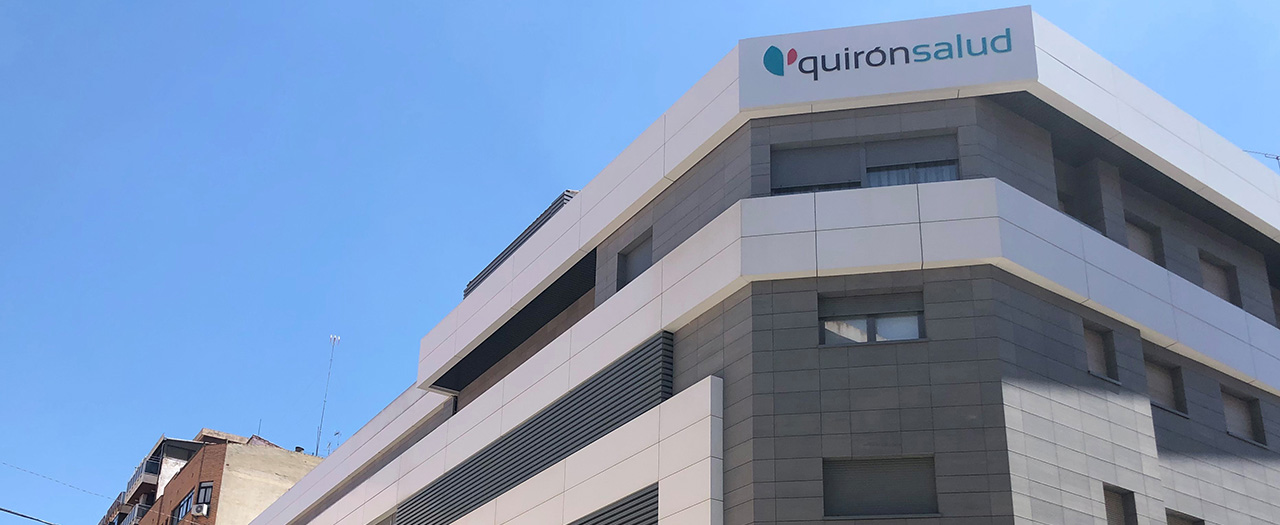Throat Swab Culture
A throat swab culture is used to detect otolaryngological diseases, especially those caused by viruses and bacteria.

General Description
A throat swab culture is a test used to determine the presence of an infection in the pharynx. To perform this test, a sample of fluids from the back of the throat is collected and analyzed in the laboratory to detect fungi or bacteria.
The most common conditions diagnosed through a throat swab culture include pharyngitis, typically caused by Group A Streptococcus, oral thrush caused by Candida albicans, and scarlet fever.
When is it indicated?
A throat swab is performed in patients with symptoms of infection, such as a sore throat and fever. It is a useful method for determining whether the infection is viral or bacterial, as their treatments differ.
How is it performed?
The throat swab sample is collected while the patient is sitting or standing, with their head slightly tilted back and mouth wide open. To facilitate the procedure, a tongue depressor is used to lower the tongue. A sterile swab with a cotton tip is then inserted and rubbed against the throat walls, focusing on reddened or affected areas. It is essential to avoid collecting saliva or mucus, as they could compromise the results.
Once the sample is collected, the swab is placed in a screw-capped tube and sent to the laboratory at a temperature of 4°C (39°F). If the culture is to be conducted more than 48 to 72 hours later, the sample must be frozen at a temperature below -80°C (-112°F). According to the WHO, safe transportation relies on a basic triple packaging system:
- A primary container holding the sample (the screw-capped tube) wrapped in absorbent material.
- A secondary, unbreakable, leak-proof, and airtight container.
- An outer cushioned packaging for shipping, when necessary.
In the laboratory, the sample is spread by gently rubbing the swab onto the surface of the culture medium and placed in a device with a temperature similar to that of the human body and a controlled level of carbon dioxide to promote bacterial growth. The sample remains in the incubator for approximately 18 to 24 hours. Finally, the results are examined under a microscope or through biochemical tests to identify fungi or bacteria.
Risks
A throat swab culture does not pose any risks to the patient
What to expect from a throat swab culture
Collecting a throat swab sample may cause gagging while the swab is passed along the throat. Some patients report mild discomfort during the procedure. Once the necessary sample has been collected, normal activities can be resumed immediately.
Results are typically available within two to three days, though fungal cultures may take up to seven days. At that point, the appropriate treatment is prescribed.
Specialties that request a throat swab culture
Throat swabs are analyzed in the laboratory by pathologists or clinical laboratory specialists. This test is commonly ordered by otolaryngologists, family physicians, pediatricians, and infectious disease specialists.
How to prepare
No special preparation is required before a throat swab test.






